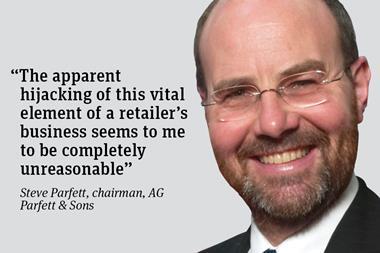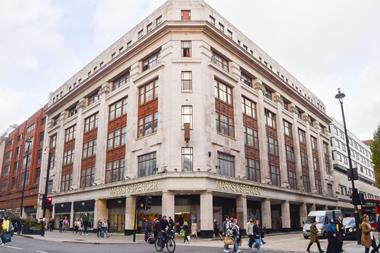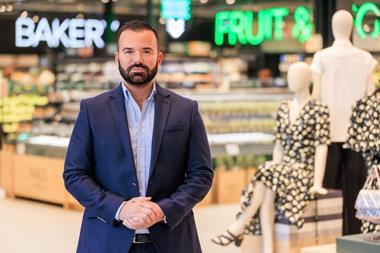In an era when price has been the dominant narrative in our industry, and growth hard to come by for many organisations, it is impressive that M&S Food - a quality player - has been increasing market share. Kantar measures its share at 5.4% in the year to February vs 4.9% the previous year. So how has it done this and what can be learnt?
First, it innovates with confidence. Its protein pot range is an example. It isn’t so much about the consumer insight. Most companies in the industry were aware of the growing protein conversation and a group of consumers looking for satiation without bloating. It is more about the confidence with which M&S acts on the insight. Not just a toe in the water, but a full range, allocated decent space, and a good position on shelf. The result? In this case, leadership in an important subcategory, and reinforcement of its reputation for ‘new and different’.
Second, conversely, it does favourites brilliantly. Whether that means a quality prawn sandwich, a quality gastropub chicken kiev, or quality steak frites. M&S is very good at finding the right balance between the new and the familiar.
Third, excellent display. There is a sense of performance about a good M&S food hall (note ‘food hall’ not ‘food section’) that elevates the product on sale. High quality lighting. Blocks of colour, for example, in produce and fruit juice. Wood finishes in the charcuterie and cheesemonger sections (again, note the names). Well merchandised events, with appropriate products brought together - currently Easter and spring.
The result of all this excellent display is that customers feel like they are ‘going shopping’ not ‘doing the shopping’, and with that feeling comes a willingness to spend more. M&S’s fashion roots probably help. In fashion, it’s all about the story, and M&S applies its fashion experience to the way it presents food.
Finally, store locations that fit the proposition. M&S Food was extended quickly and confidently into travel locations - motorways, forecourts, railway stations, airports. These locations allow M&S to target and serve two key missions - food for now (especially lunch) and meal for tonight. In these locations, for these missions, M&S has a very strong proposition, and many customers are happy to pay a premium for the convenient, quality food it offers.
So, four things to learn from M&S: innovate with confidence, do favourites brilliantly, excellent display, and store locations that fit the proposition. These are things we can all do, and they offer routes to growth in a market where growth has been hard to find.
Jeremy Garlick is a partner of Insight Traction











![Farm to Foodhall - Honey[83]](https://dmrqkbkq8el9i.cloudfront.net/Pictures/380x253/3/3/4/321334_farmtofoodhallhoney83_279157_crop.jpg)



No comments yet